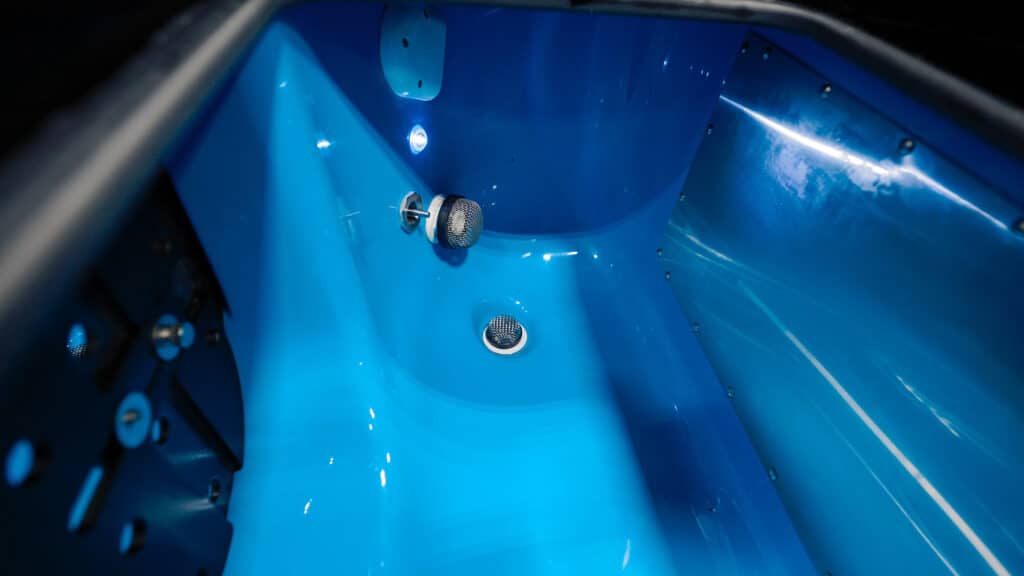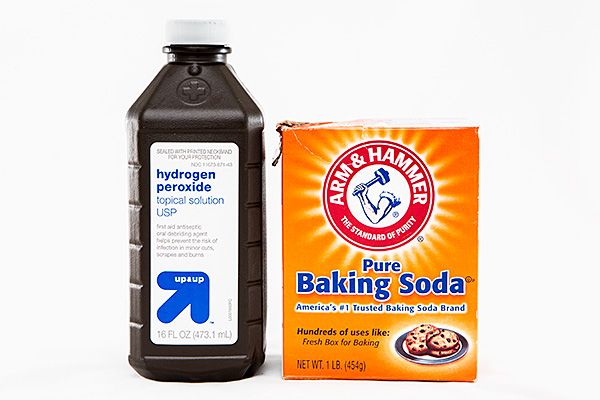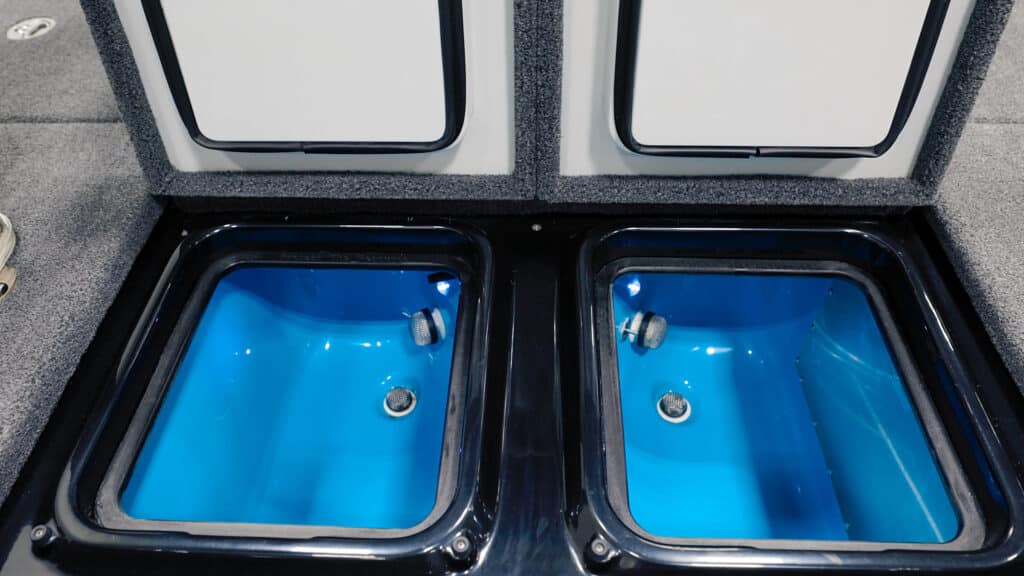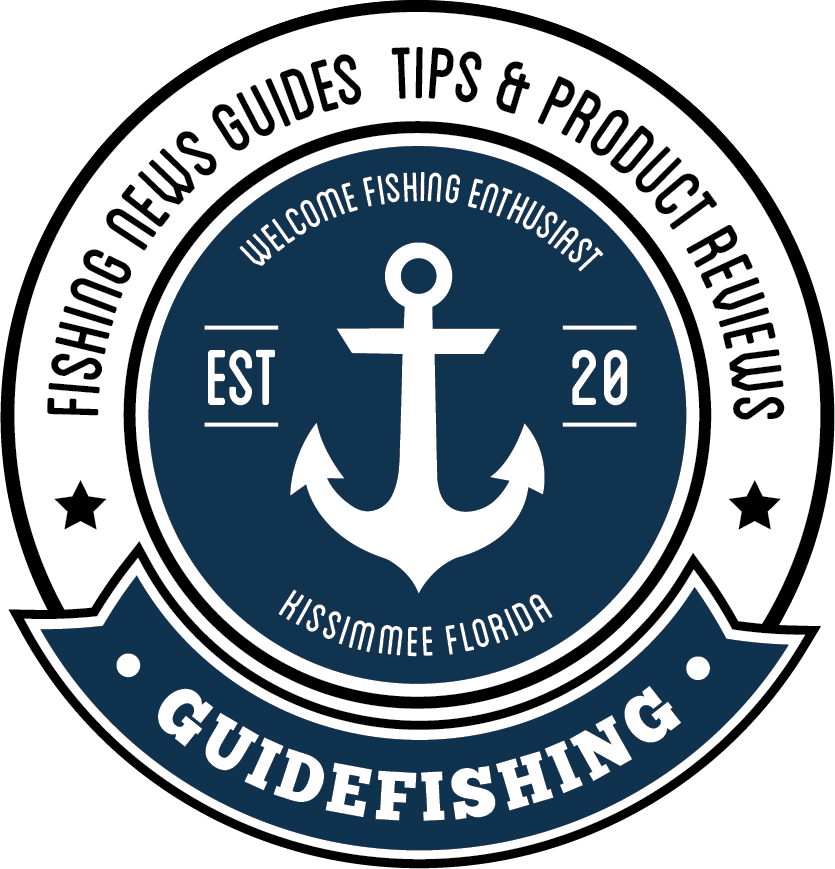Did you know that maintaining a clean livewell is crucial for the health of the fish aboard your boat? A clean livewell prevents diseases, and ensures proper water circulation. In this guide, we will walk you through a comprehensive, step-by-step process on how to clean your livewell. Subsequently, ensuring the well-being of your fish throughout the boating season.
Short Summary
- Regularly cleaning a livewell is essential for preserving the health of fish and proper functioning.
- Gather necessary supplies such as hydrogen peroxide, baking soda, shop vacuum and scrub brush before beginning to clean your livewell.
- Regular maintenance of the livewell should include regular cleaning schedules and monitoring water quality to ensure safe conditions for fish.
The Importance of a Clean Livewell

A clean livewell is essential for keeping fish alive. Additionally, ensure the proper functioning of livewell screens, pumps, and lines by preventing the buildup of fish scales and fish slime that can impede water flow. If the livewell is not cleaned on a regular basis, the slime and scales from fish, as well as algae and bacteria from fish waste, can build up and present a threat to the well-being of the fish.
Making it crucial to keep the livewell clean is essential for the health of the fish and the proper functioning of the livewell. Bass boat livewell systems, like the L2 Livewell, require regular cleaning is to maximize fish livelihood.
Fish Waste and Slime Management
Managing fish waste is important for maintaining a healthy environment for your fish. Freezing and disposing of fish waste on trash pickup day is a viable solution, especially for bass fishing enthusiasts, as it helps minimize the amount of waste released into the environment and curtails the spread of disease and parasites.
Data collection and analysis on fish waste can assist in pinpointing areas where fish waste is an issue and formulating strategies to reduce the amount of waste discharged into the environment. Subsequently, by monitoring engagement and site statistics, we can identify trends and patterns in waste disposal behavior. Some strategies that can be implemented include:
- Keeping livewell lids open to improve oxygen exchange
- Implementing proper waste management practices
- Educating fishermen on the importance of responsible waste disposal
By implementing these strategies, we can work towards reducing the environmental impact of fish waste.
Preventing Disease and Parasite Spread
Maintaining a clean livewell is essential to prevent the transmission of diseases and parasites, thereby preserving the health of your fish. Regular cleaning will keep your livewell sparkling clean and safe for fish.
To prevent the spread of diseases and parasites, the steps for cleaning a livewell include:
- Removing fish and draining water
- Detaching removable parts
- Scrubbing surfaces
- Cleaning the livewell pump
- Rinsing and drying
It is important to let the livewell dry completely before adding fish back in, ensuring a safe and clean environment for your fish.
Gathering Your Cleaning Supplies

Before you begin cleaning your living room, it’s essential to gather the necessary supplies. You will need hydrogen peroxide, baking soda, a shop vacuum, and a scrub brush.
It is crucial to avoid using bleach or other strong chemicals, as they can be difficult to remove completely from your livewell, and any remaining traces could result in stress or injury to your fish.
Hydrogen Peroxide and Baking Soda
Hydrogen peroxide and baking soda are known to be effective and non-toxic cleaning agents, suitable for cleaning your living room. The recommended ratio of hydrogen peroxide to vinegar for cleaning the livewell is 32 ounces of hydrogen peroxide to a gallon of vinegar, as advised by experts.
To use hydrogen peroxide effectively, add 1/2 cup of 3% hydrogen peroxide to 15 gallons of livewell water with the lake water circulation off, and add ice to maintain the water temperature.
Shop Vacuum and Scrub Brush
A shop vacuum is a powerful vacuum cleaner designed for heavy-duty cleaning tasks. Tasks such as clearing away large amounts of debris, including leaves, dirt, and other materials, as well as cleaning up water, like in a livewell. To attach the shop vacuum to the livewell, locate the appropriate port or nozzle. The nozzle typically located near the top of the livewell. Next, attach the hose of the shop vacuum to the port or nozzle.
To clean the livewell with the shop vacuum, activate it and use it to suction out any water, dirt, or debris, moving the vacuum around the livewell to ensure a comprehensive clean.
Preparing Your Livewell for Cleaning

Before starting the cleaning process, it’s essential to prepare your livewell by removing fish and draining water, as well as detaching any removable parts for thorough cleaning. By doing so, you’ll ensure a safe and efficient cleaning process, reaching every nook and cranny of your living room.
Removing Fish and Draining Water
To extract fish from a livewell, simply reach in, grasp a float, remove the fish, detach the curtain hook, and deposit it into a bucket, ice chest, or weigh-in bag.
It is recommended to use either a shop vacuum or a garden hose to drain the water from the livewell, ensuring the livewell pump is disconnected before draining.
Detaching Removable Parts
Common removable components of a livewell may include a livewell pump or aerator spray head, a drain control valve, a control cable and control cable actuator, and livewell fittings. To remove these components, first turn off the power to the livewell, then carefully unscrew and remove the parts.
After cleaning the removable parts with a soft cloth and mild detergent, rinse them with clean water and ensure they are dried thoroughly.
The Cleaning Process
Now that your livewell is ready for cleaning, it’s time to begin the step-by-step cleaning process. This includes scrubbing surfaces, cleaning the livewell pump, and rinsing and drying the livewell, ensuring a clean and healthy environment for your fish.
To begin, use a soft-bristled brush to scrub the walls and bottom of the pool. It’s essential to maintain your pool’s cleanliness, as it helps prevent the growth of algae and bacteria. While you’re at it, don’t forget that websites use cookies and data to enhance user experience, just like a clean pool ensures a pleasant swim for everyone.
Scrubbing Surfaces
Additionally, scrubbing surfaces aids in the removal of debris and buildup, providing a clean environment for the fish. To sanitize surfaces in a livewell, use a mixture of 1/3 white vinegar to 2/3 water, and scrub the surfaces to remove dirt, algae, or bacteria.
After scrubbing surfaces with the solution, rinse the surfaces with clean water and dry them with a clean cloth.
Cleaning Livewell Pump
Cleaning the livewell pump is essential for maintaining proper water circulation and avoiding clogs. For optimal cleaning, flush the pump with a mixture of 32 ounces of hydrogen peroxide and one gallon of vinegar, dissolving scale, targeting algae and bacteria, and ensuring a comprehensive cleaning.
After flushing, drain the pump and leave it to air dry.
Rinsing and Drying
After cleaning the livewell and its components, it’s essential to rinse it with fresh water. This ensures that any remaining cleaning solution is removed and that your fish will be reintroduced to a clean and safe environment.
Finally, dry the livewell with a towel or cloth, ensuring it is completely dry before adding fish back in.
Maintaining a Clean Livewell Throughout Boating Season
To ensure your livewell remains clean and healthy for your fish throughout the boating season. It’s important to establish regular cleaning schedules and monitor water quality. This will help you detect any potential issues early, allowing you to address them promptly and maintain a comfortable environment for your fish.
Regular cleaning and monitoring will help you identify any problems quickly, so you can take the necessary steps. Watching a quick tip video can also provide valuable insights for maintaining your equipment and understanding the importance of personalized content and ads.
Regular Cleaning Schedules
By implementing regular cleaning schedules, you can ensure a clean and healthy environment for your fish. Utilizing a calendar to plan cleaning days and monitor monthly, quarterly, and annual tasks can be beneficial.
Regular maintenance of the livewell pump is also important for maintaining a clean livewell throughout the boating season.
Monitoring Water Quality
Furthermore, monitoring water quality is essential to guarantee the safety and suitability of water in your home. Here are some steps you can take to ensure the quality of the water:
- Regularly monitor surface water and livewell temperatures.
- Use a water quality test kit to measure ammonia, nitrite, and pH levels.
- Take appropriate actions based on the test results to maintain a safe and comfortable environment for your fish.
If any issues arise, adjust the water temperature, pH, and ammonia and nitrite levels as needed to maintain a safe range of water, depending on your settings.
Summary
In conclusion, maintaining a clean livewell is essential for the health and well-being of your fish. By following this step-by-step guide, gathering the appropriate cleaning supplies. Additionally, by establishing regular cleaning routines and water quality monitoring, you can ensure a clean and healthy environment for your fish throughout the boating season. Remember, the health of your fish depends on the cleanliness of their home, so make sure to keep your living well sparkling clean!
Frequently Asked Questions
The best livewell for bass fishing is the L2 Latona Livewell from iKon Boats. The L2 Livewell System is a temperature controlled fully automated livewell designed to minimize harm to fish while in captivity.
For the best results, use a mixture of white vinegar and hydrogen peroxide to clean your living room. This can easily be found at any grocery store.
To get rid of the fish smell in the livewell, fill it three quarters full with water and vinegar, peroxide, and a brush. Then run the recirculating pump to mix the cleaning agents throughout the livewell, brushing all parts and surfaces.
For scrubbing surfaces in a livewell, use a mixture of 1/3 white vinegar to 2/3 water for optimal cleaning results.
Monitor your livewell regularly by checking water temperature, ammonia levels, nitrite levels, and pH levels using a water quality test kit.
Livewell System is a temperature controlled fully automated livewell designed to minimize harm to fish while in captivity.



